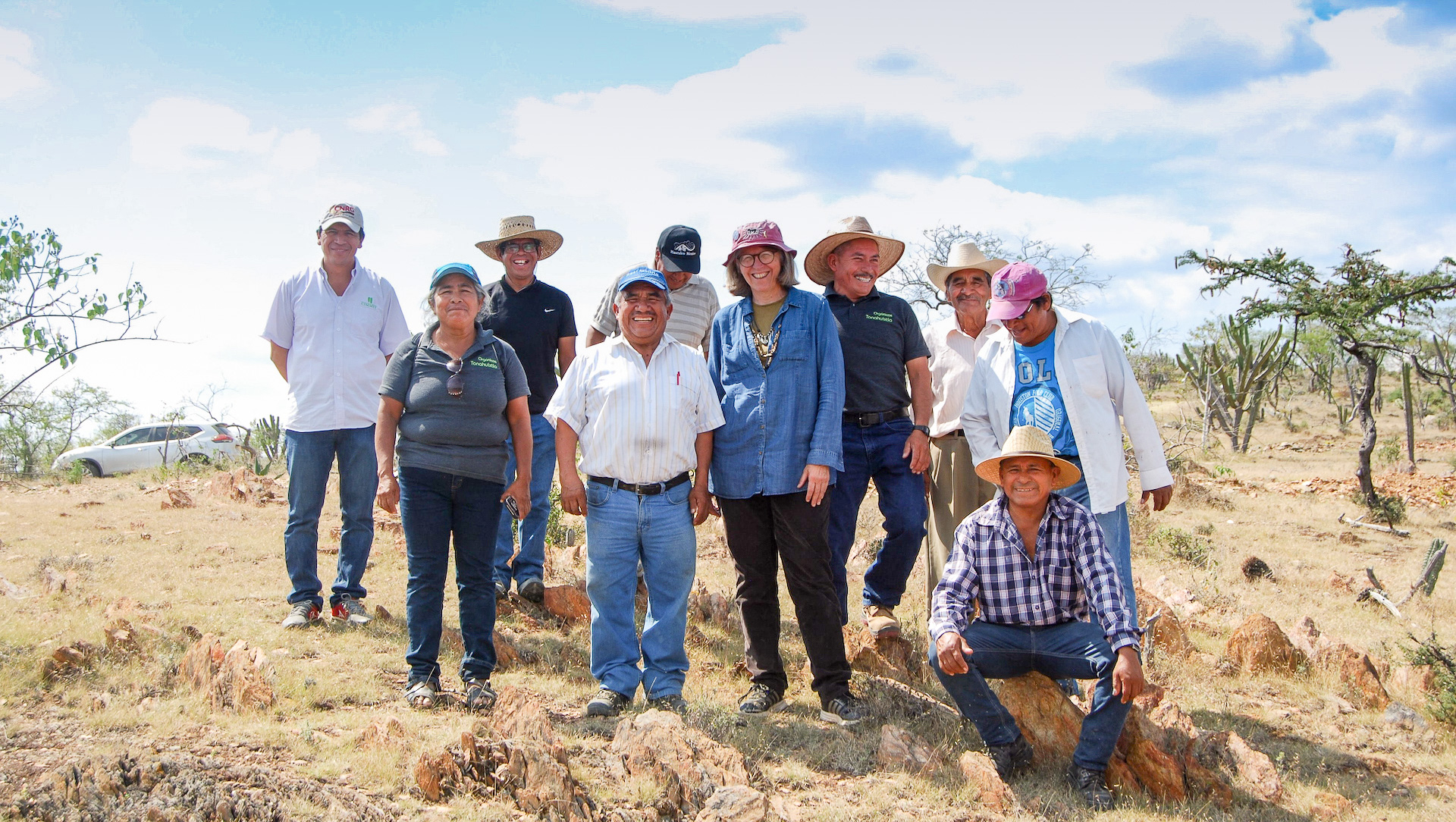Step into supermarkets or restaurants in Mexico City and surrounding towns and you might see products made from blue maize — food which would not have been available just a few years ago. Some of Mexico’s favorite dishes are taking on a new hue with blue corn chips, blue tortillas or blue tamales. But should breeders, millers, processors and farmer organizations invest in expanding the production of blue maize and blue maize products? Are consumers really interested, and are they willing to pay more?
These are some of the questions researchers at the International Maize and Wheat Improvement Center (CIMMYT) in Mexico set out to answer. They set up study to test consumer preferences and willingness to pay for this blue maize tortillas.
Maize is a main staple crop in Mexico and tortillas form the base of many traditional dishes. Blue maize varieties have existed for thousands of years, but until recently they were mostly unknown outside of the farming communities that grew them. In addition to its striking color, the grain has gained popularity partly due to its health benefits derived from anthocyanin, the blue pigment which contains antioxidants.
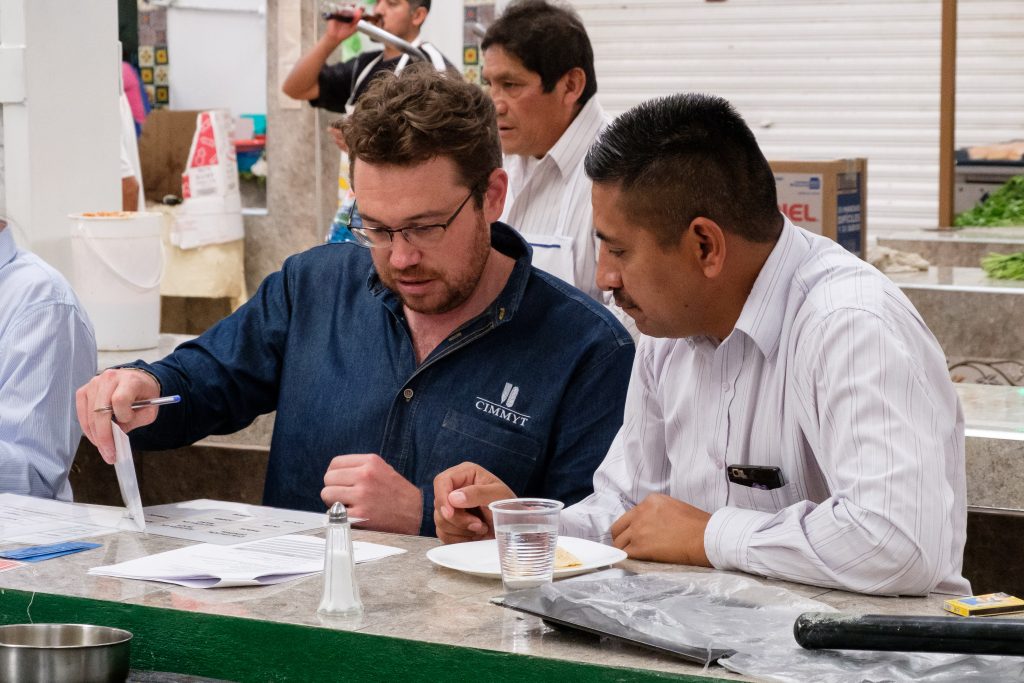
“Demand for blue maize has skyrocketed in the past few years,” said Trent Blare, economist at CIMMYT and the leader of the research.” Three years ago, white and blue maize sold at the same price. One year ago, blue maize cost just a few Mexican pesos more, and now blue maize is worth significantly more. However, we still lack information on consumer demand and preferences.”
According to Blare, the end goal of the study is to explore the demand for blue maize and try to better understand its market potential. “If we want farmers who grow blue maize to be able to get better market value, we have to know what the market looks like.”
This research received funding from Mexico’s Agency for Commercialization Services and Agricultural Market Development (ASERCA), which has been working with farmer organizations on post-harvest storage solutions for their maize. As blue maize is softer than typical white or yellow varieties, it requires special storage to protect it against insects and damage. In order to help provide farmers with the correct maize storage technology, ASERCA and others in Mexico will benefit from a deeper understanding of the market for blue maize in the region. In addition, researchers were interested to know if there is a premium for growing blue maize, or for making tortillas by hand. Premiums could help convince farmers to invest in post-harvest technologies and in the production of blue maize.
“There is this idea that demand should come from producers, but there are many steps along the maize value chain. We’re basically going backwards in the value chain: is there demand, is there a market, going all the way from the consumer back to the farmer,” Blare explained.
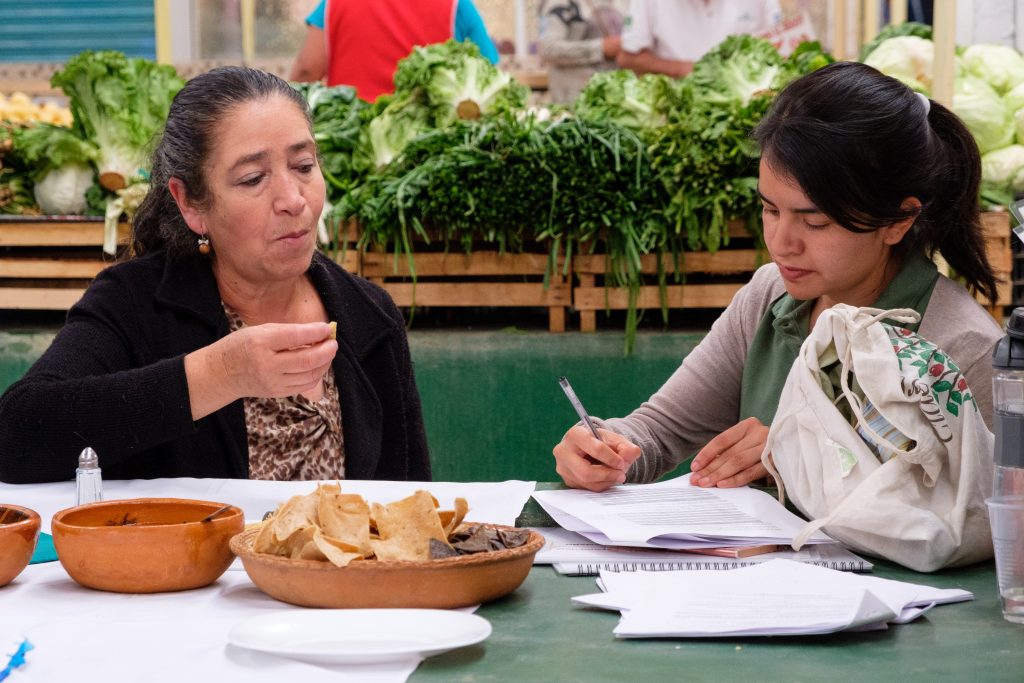
A matter of taste
The study was conducted in Texcoco, just outside of Mexico City, where CIMMYT’s global headquarters are based. This town in the State of Mexico was chosen because of its long history growing and consuming blue maize. Interviews were held in three different locations, a local traditional market and two local shopping malls, in order to ensure that different socioeconomic groups were included.
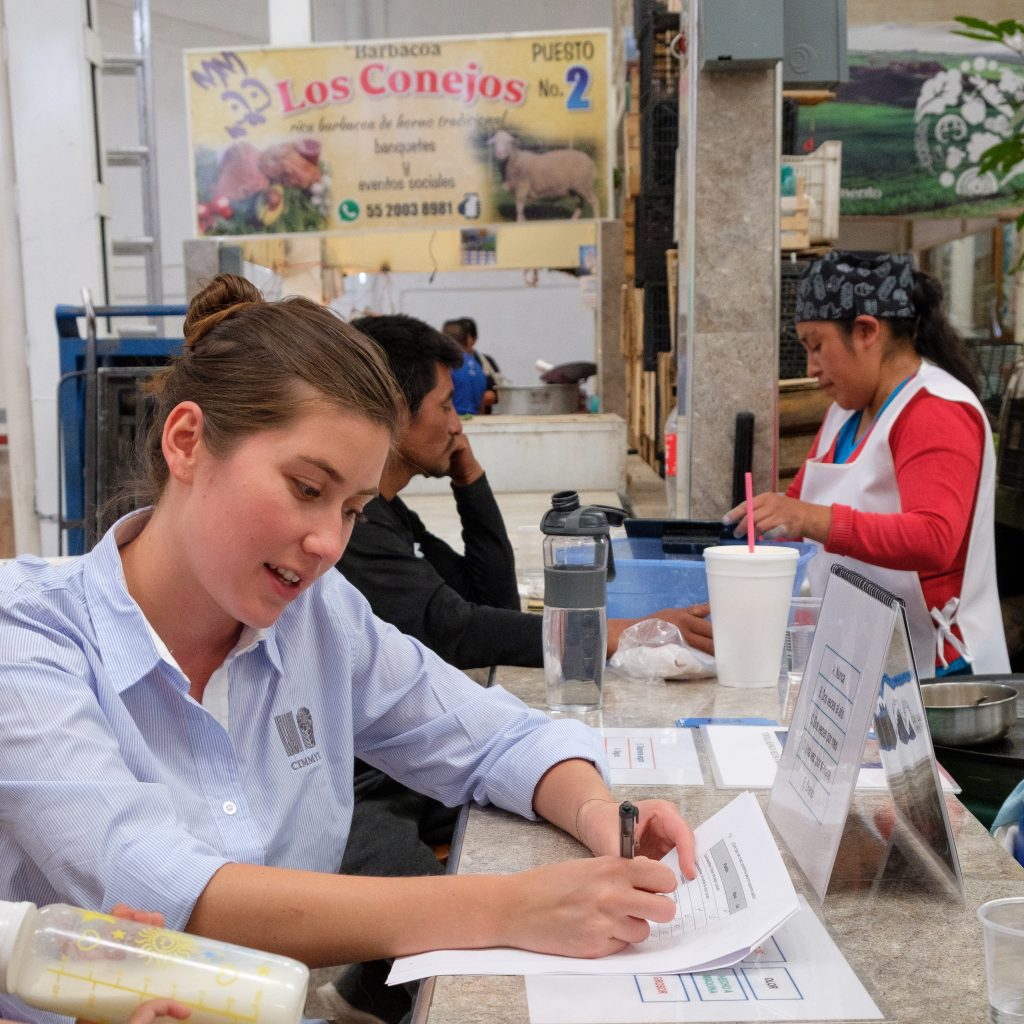
The team interviewed 640 consumers, asking questions such as where do they buy different types of tortillas, in which dishes they use different types of tortillas and if they faced difficulties in purchasing their preferred tortilla. The team also conducted sensory analysis and attributes, and gave study participants a choice between handmade blue maize tortillas, handmade white maize tortillas, and machine-made white maize tortillas.
The interviewees were given three different scenarios. Would they be willing to pay more for blue tortillas compared to other tortillas if eating quesadillas at a restaurant? To serve during a special event or visit from a family member? For everyday use?
The answers allowed researchers to quantify how much more consumers were willing to pay and in what circumstance, as they were given different price points for different types of tortillas in different scenarios.
True colors
The researchers found that preferences for blue and white maize were distinct for different dishes, and that there was a particular preference for blue maize when used in traditional dishes from this region, such as tlacoyos or barbacoa. A majority of consumers was willing to pay more for higher quality tortillas regardless of the color, as long as they were made handmade and fresh from locally grown maize. Interviewers also saw a noticeable difference in preference for blue tortillas depending on the situation: blue tortillas are demanded more for special occasions and in traditional markets.
“I found it fascinating that there is a difference in blue maize consumption based on the circumstance in which you are eating it.” Blare said. “This is one of the innovations in our demand study — not analyzing the demand for a food product in general but analyzing differences in demand for a product in different contexts, which is important as food is such an important component for celebrations.”
“We think there is potential to replicate this in other places in Mexico, to see consumer preference and price willingness for blue maize and other value-added maize products,” said Jason Donovan, senior economist at CIMMYT. “This will not just inform farmers and markets but also how to do this kind of research, especially in middle-income economies. This study is the first of its kind.”
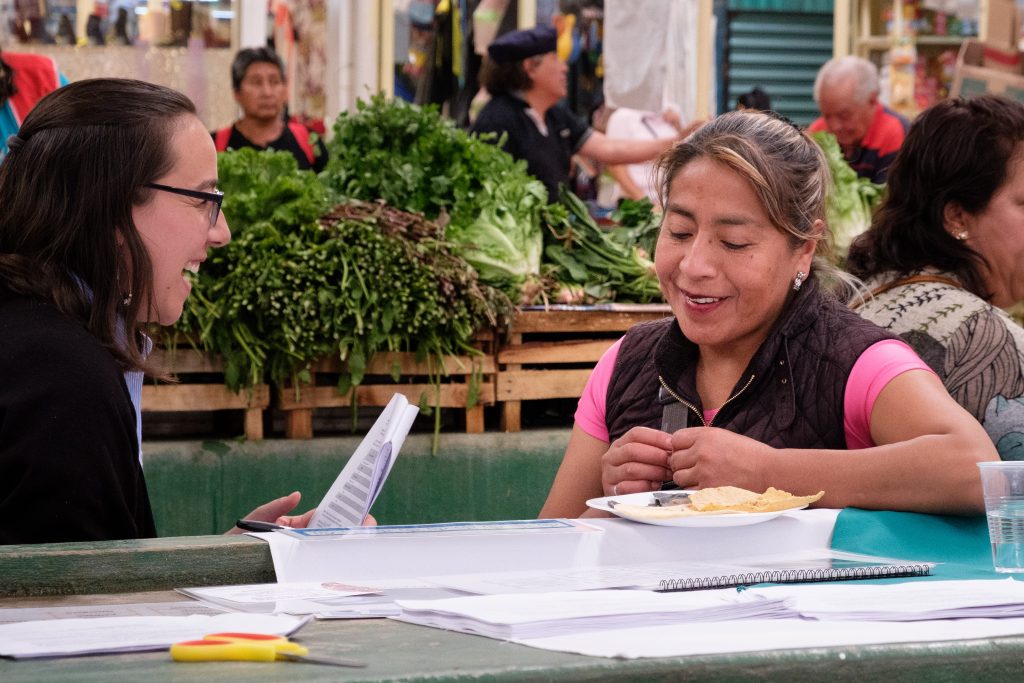
Still got the blue
Overall, the results revealed that women were willing to pay 33% more for blue maize tortillas while men were willing to pay 19% more. For every additional year of education, a consumer was willing to pay 1% more for blue maize tortillas. Interestingly, a person’s income had no effect on her or his willingness to pay for more blue maize tortillas. Many people interviewed expressed a preference for blue maize, but commented that they cannot always find it in local markets.
The information collected in these choice experiments will help farmers, breeders, and other actors along the maize value chain make more informed decisions on how to best provide blue maize varieties to the public — and give consumers what they want.
“It was a very interesting experience, I’ve never participated in a survey like this before and I think it is important to take the time to think about our decisions about food,” said Brenda Lopez, one of the interviewees in the choice experiment. Lopez preferred the handmade tortillas, especially those made with blue maize. “I think they have more flavor,” she said. “I just bought handmade tortillas in the market before participating in this survey, but I had to buy white because there was no blue available.”
Another interviewee, Luis Alcantara, agreed. “I prefer blue because of the flavor, the texture, even the smell,” he said. “At home we eat machine-made tortillas because it is hard to find handmade tortillas, and even if you do, they are not blue. We would buy blue if we could.”
Cover photo: Blue maize tortillas (Photo: Luis Figueroa)

 Environmental health and biodiversity
Environmental health and biodiversity 
